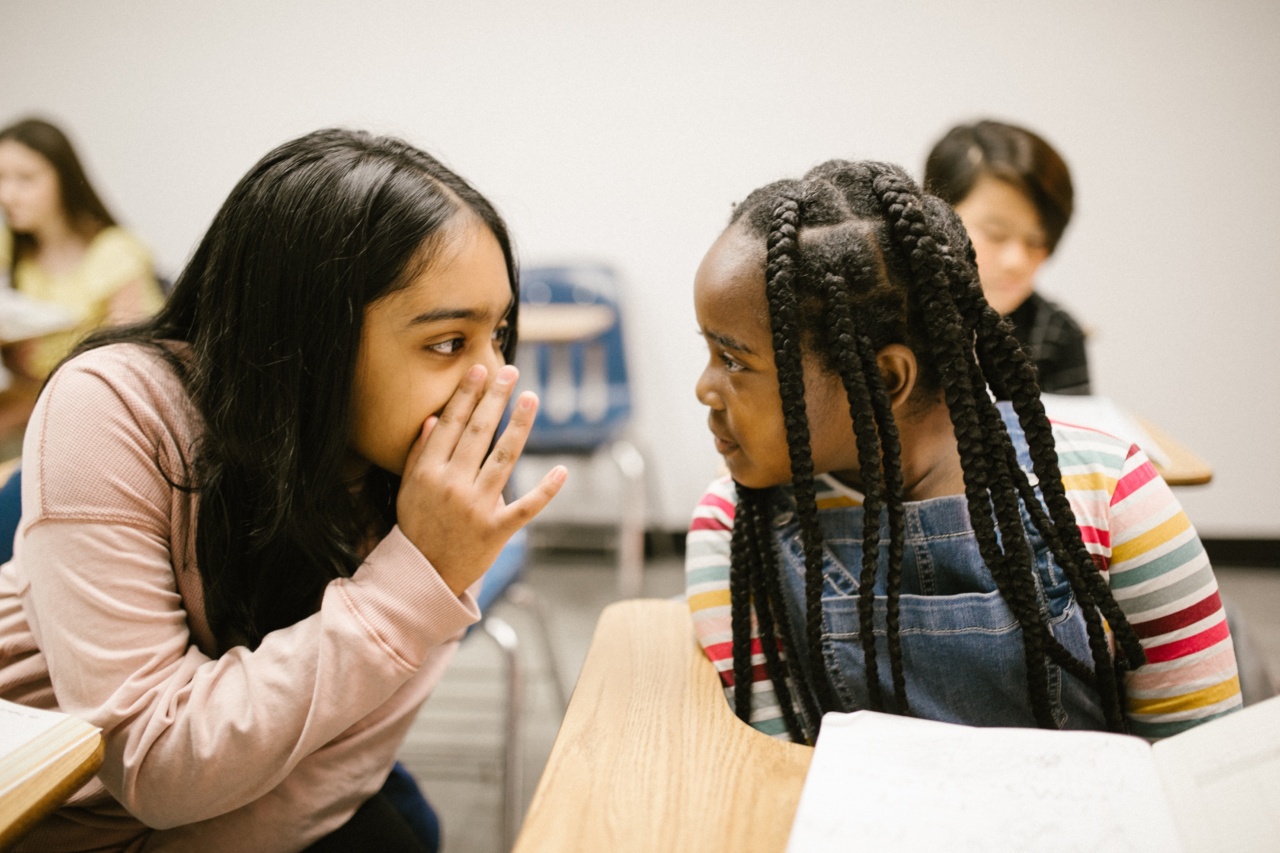Bullying is a pervasive problem worldwide that can manifest in various forms such as verbal, physical, and cyberbullying. The impact of bullying is severe, especially among students, who have to cope with the negative effects of bullying.
According to research, approximately a third of students in the world endure bullying, and this has contributed to various negative outcomes such as poor academic performance, depression, and anxiety among others. In this article, we will explore the statistics concerning bullying among students, its effects, and what can be done to mitigate this problem.
Types of Bullying Among Students
Bullying among students can manifest in various forms, and it is essential to understand the different types of bullying to develop an effective intervention strategy. The following are the common types of bullying among students:.
Verbal Bullying
Verbal bullying involves the use of derogatory remarks, insults, and homophobic slurs directed towards a victim. This form of bullying is common in school settings and can lead to low self-esteem and poor academic performance.
Physical Bullying
Physical bullying entails the use of physical force towards a victim, such as pushing, hitting, and tripping. This form of bullying can lead to physical injuries and emotional trauma that can have long-term effects on victims.
Social Bullying
Social bullying involves the exclusion of a victim from social activities and spreading rumors and lies about them. This form of bullying can result in depression and anxiety and can lead to social withdrawal and poor academic performance.
Cyberbullying
Cyberbullying entails the use of technology to harass and intimidate a victim. This form of bullying is prevalent among students and can result in negative outcomes such as low self-esteem, depression, and suicidal thoughts.
Statistics on Bullying Among Students
Bullying among students is a pervasive problem, and it affects millions of students worldwide. The following are some statistics concerning bullying among students:.
Global Statistics
- Approximately 32% of students globally report experiencing bullying in school
- More than 60% of students who are bullied do not report to anyone about the incident
- Students from the age of 8 to 16 are more vulnerable to bullying
United States Statistics
- 1 in 5 students report experiencing bullying in school
- 7% of students in the United States do not feel safe in school environments
- Cyberbullying affects approximately 34% of students in the United States
Australian Statistics
- Approximately 1 in 4 students in Australian schools report experiencing bullying
- More than 50% of students in Australia report being bullied through the internet and social media
- Bullying affects students from all age groups and classroom settings
The Effects of Bullying among Students
Bullying among students can have severe negative effects on victims and can affect their academic performance, social interaction, and emotional wellbeing. The following are some of the effects of bullying among students:.
Poor Academic Performance
Students who experience bullying are likely to have poor academic performance due to low self-esteem and poor concentration resulting from the adverse effects of bullying.
Depression and Anxiety
Bullying can lead to depression and anxiety among students, resulting in feelings of hopelessness and worthlessness. This can lead to suicidal ideation and attempts.
Post Traumatic Stress Disorder (PTSD)
Students who experience bullying can develop PTSD, which is characterized by flashbacks, nightmares, and intrusive thoughts. This can lead to stress and emotional trauma that can affect their daily lives.
Substance Abuse
Bullying victims are at high risk of engaging in substance abuse as a coping mechanism for the negative effects of bullying. This can lead to addiction and other negative outcomes such as dropouts and poor academic performance.
What Can be Done to Mitigate Bullying?
Bullying is a severe problem that requires a multifaceted approach to mitigate its effects. The following are some strategies that can be used to mitigate bullying:.
Education and Awareness Campaigns
Education is the key to preventing and mitigating bullying. Schools should participate in awareness campaigns to educate students, teachers, and parents about the adverse effects of bullying.
This can help to create a culture of respect and acceptance, where bullying is not tolerated.
Establish Effective Reporting Mechanisms
The establishment of effective reporting mechanisms is essential in mitigating bullying. Schools should provide students with the necessary resources and support to report bullying anonymously to school authorities.
This can help to reduce the incidence of bullying while providing victims with the necessary support to cope with the effects of bullying.
Introducing Anti-bullying Policies
Schools should introduce anti-bullying policies that are comprehensive and cover all types of bullying. These policies should include disciplinary actions against students found guilty of bullying and counseling services for victims and perpetrators.
Alternative Interventions
Schools should also consider alternative interventions such as restorative justice and peer mediation to mitigate the negative effects of bullying.
These interventions can help to create dialogue between the victim and the student who bullies them, promoting understanding and reconciliation.
Conclusion
Bullying among students is a pervasive problem that affects millions of students worldwide. The effects of bullying are severe and can have long-term consequences on victims, including depression, anxiety, and poor academic performance.
Education and awareness campaigns, establishing effective reporting mechanisms, introducing anti-bullying policies, and alternative interventions are strategies that can be used to mitigate bullying. As a society, we must work together to create a culture of respect and acceptance where bullying is not tolerated to ensure the safety and wellbeing of all students.






























